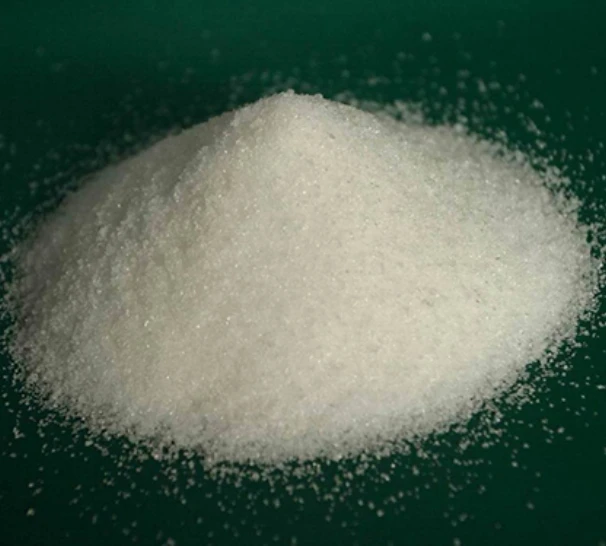Exploring the Uses and Safety of Isothiazolinone Compounds in Consumer Products
Understanding Isothiazolinones Applications, Risks, and Regulations
Isothiazolinones, a class of chemicals widely used as biocides and preservatives, have garnered significant attention in both industries and environmental discussions due to their effectiveness and potential health impacts. This compound class includes well-known variants such as methylisothiazolinone (MIT) and chloromethylisothiazolinone (CMIT), which are commonly used in cosmetics, household products, and industrial applications.
Chemical Properties and Mechanism of Action
Isothiazolinones are characterized by their nitrogen and sulfur-containing heterocyclic structure. Their mode of action primarily involves disrupting the cellular processes of microorganisms, making them effective at preventing the growth of bacteria, fungi, and algae. This property is particularly advantageous in formulations where the prevention of microbial growth is essential, such as in water-based products, paints, and adhesives. As preservatives, isothiazolinones help extend the shelf life of products, ensuring that they remain safe and effective for consumer use.
Applications Across Industries
In the cosmetic industry, isothiazolinones are often utilized in shampoos, lotions, and other personal care products to inhibit microbial contamination. Their broad-spectrum activity against various pathogens makes them a popular choice. Additionally, in industrial settings, these compounds are employed in cooling water systems, metalworking fluids, and paint formulations. The construction industry also leverages their antifungal properties to protect structures from damp-related issues.
isothiazolinones

Health Concerns and Regulatory Landscape
Despite their utility, isothiazolinones have been linked to allergic reactions and skin sensitization in some individuals. Regulatory bodies in various regions, including the European Union and North America, have responded to these concerns by implementing stricter guidelines regarding their use. The European Union, for instance, has classified MIT as a substance of very high concern due to its potential to cause adverse health effects. As a result, many products now adhere to recommended concentration limits, and manufacturers are increasingly compelled to reformulate their products to reduce or eliminate these compounds.
Consumers have become more educated about potential allergens in their products, leading to a shift in market demand toward free from products, meaning those that avoid certain chemicals, including isothiazolinones. This growing trend has prompted manufacturers to seek alternative preservatives that are perceived as safer and more skin-friendly.
Future Directions and Alternatives
The movement away from traditional preservatives like isothiazolinones is beginning to stimulate research into natural alternatives, such as essential oils and plant extracts, which may offer similar antimicrobial properties with reduced health risks. However, these replacements often come with their own challenges, including stability, efficacy, and cost-effectiveness.
In conclusion, isothiazolinones represent a vital category of chemicals that play a significant role across various industries, particularly in preserving product integrity. However, awareness regarding their potential health impacts has spurred a global reevaluation of their use. As consumer preferences shift toward safer alternatives, the industry must adapt, balancing efficacy with safety to ensure that products meet both market demands and regulatory standards. Future research will likely continue to explore innovative solutions that protect not just the products we use but also the health and well-being of consumers.
-
Water Treatment with Flocculant Water TreatmentNewsJun.12,2025
-
Polymaleic AnhydrideNewsJun.12,2025
-
Polyaspartic AcidNewsJun.12,2025
-
Enhance Industrial Processes with IsothiazolinonesNewsJun.12,2025
-
Enhance Industrial Processes with PBTCA SolutionsNewsJun.12,2025
-
Dodecyldimethylbenzylammonium Chloride SolutionsNewsJun.12,2025





